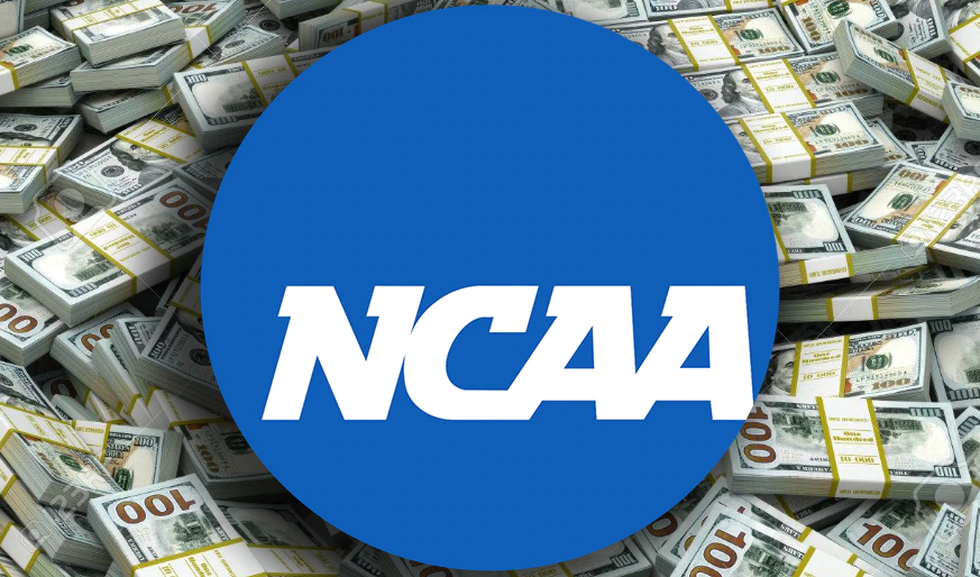What does the NCAA's NIL ruling mean for athletes?
Basically, if a college athlete lives in a state where legislation has been passed, they can profit from their name, image, or likeness according to state law.
If the college athlete doesn't live in a state with a NIL law on the books, the individual school must come up with the policy for athletes to follow. According to ESPN, the NCAA's guidelines on this are few: Don't allow boosters to pay athletes and don't let endorsement deals influence recruiting.
This move, is seen as a stopgap until federal legislation is passed. It allows schools in those states without laws on the books to have a more even playing field, provided the schools enact a NIL policy.
The NIL’s allow intercollegiate athletes to earn compensation for the use of her or his name, image and likeness, and prohibits post-secondary institutions from preventing athletes from earning money or goods. The schools themselves can't compensate athletes for their name, image or likeness.

